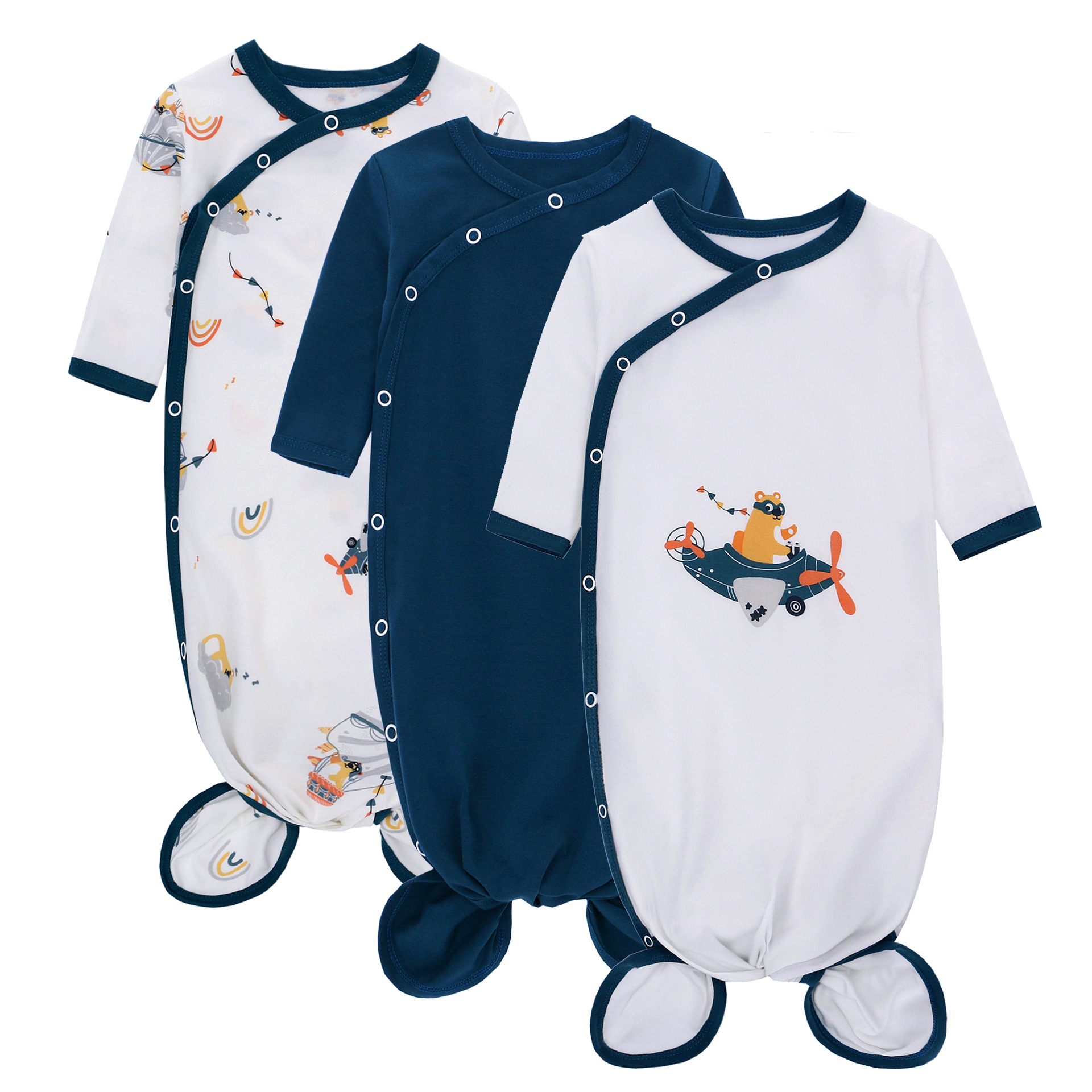Secrets to Visual Unity in Children’s Clothing Design
Imagine a parent browsing a crowded online marketplace, their eyes snagging on a single outfit: a vibrant jacket paired with a whimsical tee that feels instantly familiar. That’s the power of a cohesive brand style in children’s fashion—a silent promise of quality and personality that cuts through the noise. In a world where trends shift faster than a toddler’s attention span, visual unity isn’t just a design choice; it’s the backbone of a memorable identity. By weaving consistent colors, patterns, and details across every piece, you create a story that parents and kids alike can’t resist. Let’s unpack the strategies that craft high-recognition children’s clothing, blending timeless principles with 2025’s fresh twists, like earthy palettes and interactive textures, to build a look that’s both iconic and irresistible.
The Case for Visual Consistency
A fragmented brand style is like a puzzle with missing pieces—it confuses rather than captivates. Visual unity ties every element together, from logos to stitching, creating instant recognition. Research from branding journals shows that consistent visuals can boost recall by 80%, turning a one-off purchase into a lasting connection. For kids’ clothing, this is critical: young minds crave familiarity, while parents seek reliability in a market flooded with fleeting trends. Think of standout names like Petit Bateau or Oeuf—their designs don’t just clothe; they evoke a distinct world, whether it’s nautical charm or minimalist whimsy. Consistency builds trust, signaling quality to parents and sparking joy in kids who associate your look with playtime adventures.
Crafting a Signature Palette and Patterns
Color sets the stage. A unified palette doesn’t mean rigid repetition but a curated selection of 4–6 hues that carry your essence. In 2025, nature-inspired tones—think sage greens, clay oranges, and soft corals—are trending, balancing vibrancy with calm. These shades should flex across fabrics like organic cotton or recycled blends, ensuring they pop on both screens and store racks. Test them with digital renderings to confirm consistency under different lights. Patterns amplify this: scalable motifs, like hand-drawn animals or abstract waves, add personality without chaos. For example, a woodland print on a dress should shrink seamlessly onto a bib, tying collections together. Avoid chasing every trend; instead, anchor designs in a story—say, exploration or wonder—to create emotional resonance that kids and parents feel instantly.
Typography and Icons as Brand Glue
Fonts and icons are quiet powerhouses. Choose typefaces that embody your vibe—rounded fonts for playfulness, sleek sans-serifs for modern ease. Hand-drawn typography, a 2025 favorite, adds an artisanal edge, perfect for kids’ apparel. Pair these with simple icons—a tiny star, a cloud, or a sailboat—that recur on tags, buttons, or packaging. Strict guidelines (think size, spacing, and color) keep them sharp. These elements act like breadcrumbs, guiding customers through your world, from website banners to care labels. A consistent logo, even if subtle, reinforces identity without shouting.
End-to-End Cohesion: From Design to Delivery
Unity must permeate every touchpoint. Fabric choices, like enzyme-washed cotton for softness or durable hemp blends, should reflect your aesthetic while meeting 2025’s sustainability demands. Details matter: use signature thread colors for seams or emboss logos on buttons. Packaging seals the deal—recyclable bags with your palette’s hues or custom illustrations extend the experience. Digitally, align your website’s visuals with physical products; filters should showcase unified collections. Collaborate with ODM partners to embed these elements early, ensuring sketches translate flawlessly to shelves. Take inspiration from brands like Mingo, whose geometric patterns flow from onesies to ads, creating a seamless narrative.
For tactile innovation, 2025 trends like textured patches or glow-in-the-dark accents add interactivity, engaging kids directly. These touches, when tied to your core style, make every piece feel part of a larger adventure.
Navigating Challenges and Measuring Impact
Pitfalls lurk: chasing trends too eagerly can dilute your identity, while rigid designs risk staleness. Balance is key—nod to trends like gender-neutral cuts while staying true to your core. Regular audits, using customer feedback or sales data, keep you on track. Metrics like brand recall (via surveys) or social engagement (likes, shares) reveal unity’s payoff. A cohesive style isn’t just visual; it’s a promise of quality that drives repeat buys.
Bringing It All Together
A high-recognition children’s brand style is a crafted universe where every piece tells a story. It’s the jacket that matches the socks, the logo that feels like home, the colors that spark joy. By blending strategic palettes, scalable patterns, and consistent details, you create clothing that stands out and stays memorable. Whether you’re partnering with ODM experts or designing in-house, these principles turn fleeting glances into lasting loyalty.
Ready to weave your own iconic style? Dive into the art of visual unity and watch your kids’ clothing line shine.
 +1 5618168645
+1 5618168645

 Admin
Admin




 No. 888 ZhuJiaWan Street, Gusu District, Suzhou City, Jiangsu Province, China
No. 888 ZhuJiaWan Street, Gusu District, Suzhou City, Jiangsu Province, China